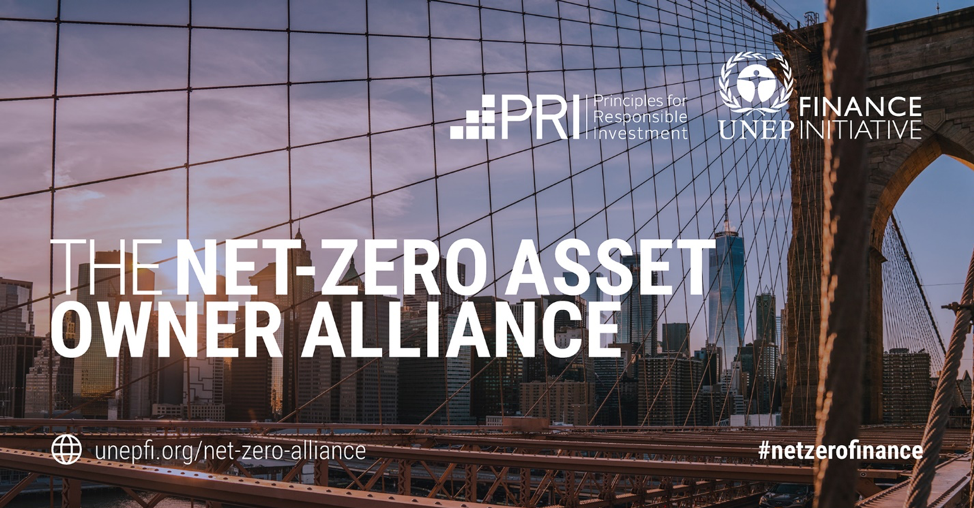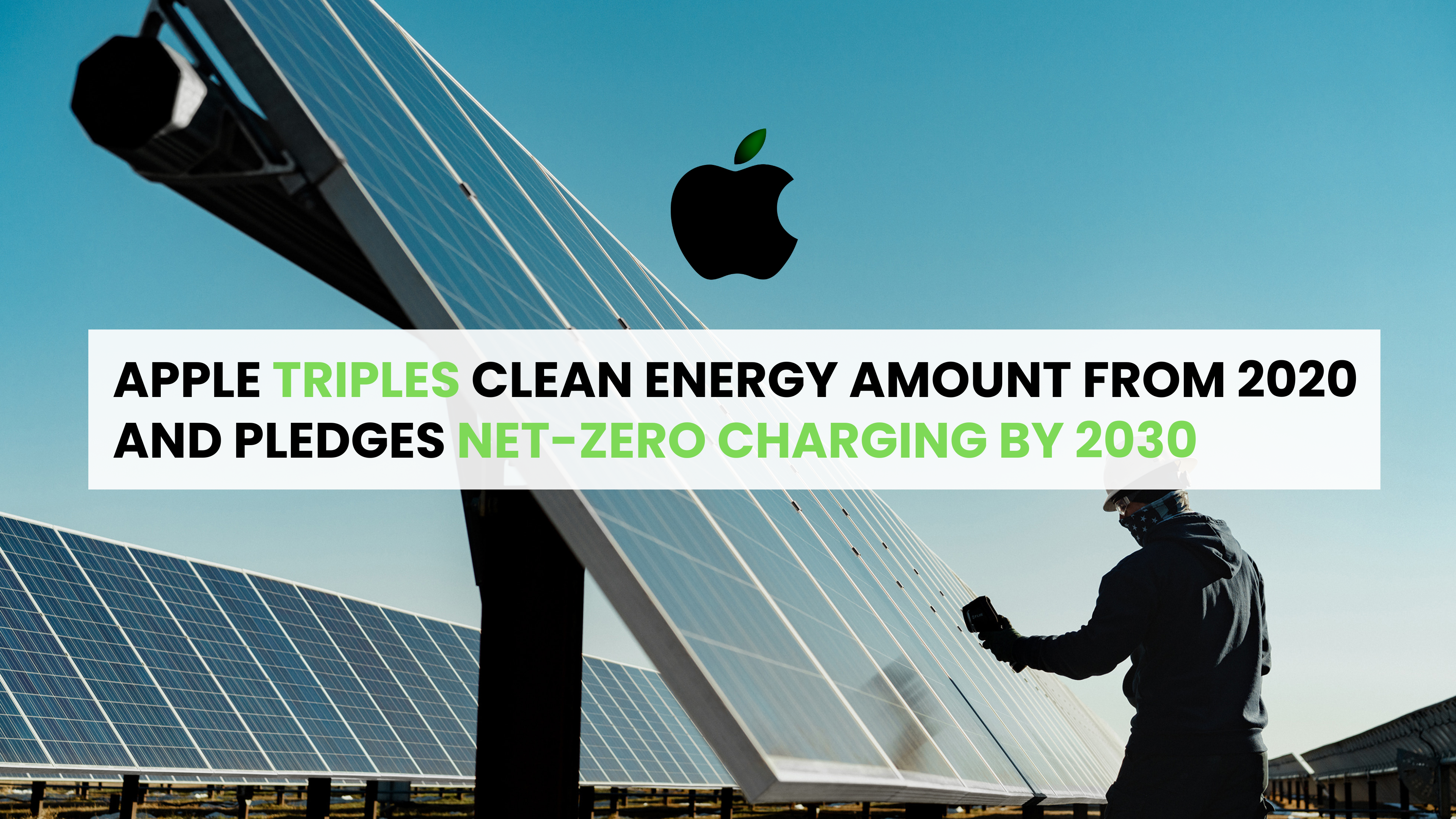Executive Pay Tied to ESG Goals Grows as Investors Demand Action

Chipotle, McDonalds, Caterpillar, and other companies are increasingly tying executive pay to environmental, social, and governance goals as more investors, regulators, and activists scrutinize corporate behavior.
Executive pay is usually tied to meeting key financial metrics, such as profit margins or return on equity for shareholders. Now, companies are calculating portions of executive pay by factoring in goals such as carbon footprint reduction, employee wellness and retention, and supporting human rights.
In 2021, a quarter of U.S. companies included some form of environmental or social metric as part of their executive incentive plans, up from 16% in 2019, according to a study by proxy advisory firm Glass Lewis & Co.
The ESG link to executive compensation isn’t just about good optics, said Gregg Passin, senior partner and executive compensation leader at human resources consulting firm Mercer LLC. A company’s ability to address sustainability, workplace diversity, and other ESG factors could determine whether it remains “a going concern” in the years to come, he said.
Institutional investors see executive pay as a concrete way to deal with ESG issues. The SEC could add to that pressure. The agency is working on “pay-versus-performance” rules that would require companies to disclose ties between executive pay and their financial results, with one commissioner suggesting that ESG metrics should be included as well.
Shareholders see benefits to such incentives. But some are concerned that ESG goals are too amorphous to measure, or could be engineered for executives to win easy payouts.
That’s one reason why companies shouldn’t rush to adopt ESG pay metrics just to show they are engaged on important issues, Passin said. Companies need to have well-established goals and strategies for priorities like workplace diversity before they start linking them to executive pay, he said.
“If they haven’t done that work, it’s useless,” he said.
Goal Setting
Chipotle Mexican Grill Inc. recently doubled down on its ESG-pay link for executives with new environmental and diversity goals worth up to 15% of annual incentive bonuses.
The bonuses will be tied to company goals of reducing greenhouse gas emissions by 5% during 2022 and boosting diversity through internal promotions to salaried restaurant support and corporate positions, according to a Feb. 23 release. The bonuses also will be tied to goals for using organic and sustainably sourced food ingredients.
“As a company with over 3,000 restaurants and nearly 100,000 employees, we have a responsibility to transparently share our progress and drive positive change,” Chipotle said in a statement.
McDonald’s Corp. announced last year that it would it would tie 15% of executives’ bonuses to meeting targets that include diversity and disclosing data on the racial makeup of its workforce. The company aims to boost female and underrepresented minority representation to 35% of its U.S. leadership roles by 2025.
The February 2021 move came after New York State Comptroller Thomas DiNapoli, trustee of the state’s $270 billion common retirement fund, filed a shareholder petition for McDonald’s to incorporate ESG metrics into its pay plans. DiNapoli withdrew the petition after the company’s announcement, calling it “a real step toward protecting its workforce.”
The ESG link to executive pay isn’t limited to the fast food sector. Chevron Corp., Marathon Petroleum Corp., and other oil and gas companies in recent years have tied executive compensation to reductions in their greenhouse gas emissions.
Other companies are still hashing out their plans. Caterpillar Inc. announced plans to link ESG to executive pay starting in 2022, but said it wouldn’t disclose the details until its 2023 proxy statement.
SEC Role
The Securities and Exchange Commission could spur even more companies to link ESG goals to executive pay. The agency is seeking public comment on proposed rules for companies to report to investors how executive pay stacks up against financial performance, a yardstick known as total shareholder return.
The SEC said it’s considering also letting companies include ESG statistics, as they’re tied to executive compensation. “The modern compensation landscape now encompasses enhanced reliance on performance metrics related to, for example, climate, diversity, and other company-specific ESG goals,” Democratic Commissioner Allison Herren Lee said in January.
Some investors want companies to be more transparent about what goes into ESG metrics and how executive performance is measured against them.
It’s common to see companies link executive pay to ESG metrics “that are ill-defined or inherently difficult to quantify,” Dimensional Fund Advisors LP said in a March 3 comment letter to the SEC. That creates incentives for boosted payouts, “even if the executives are failing to increase shareholder value as measured by financial or return metrics,” the letter said.
Investors need ESG metrics that are “comprehensive, reliable, and consistent,” Principles for Responsible Investment told the SEC in its comment letter. The group represents a network of hundreds of global institutional investors, including pension fund CalPERS and BNP Paribas Asset Management.
Companies shouldn’t reward executives for “business as usual,” such as complying with environmental laws, or simply “improving perceptions” about sustainability or other ESG goals, the letter said.
Investors are right to cast a critical eye over adding ESG metrics to executive pay plans, said Witold Henisz, founder of the ESG Analytics Lab and professor of management at the Wharton School at the University of Pennsylvania.
“The challenge is the data we have are, frankly, bad. It’s really easy to reward the wrong thing because we can measure it,” Henisz said.
Some metrics, such as carbon emissions, worker safety, or the number of women or minorities on boards, are relatively easy to measure and link to executive incentives. Others, like corporate tax avoidance or employee well-being, are more difficult, Henisz said.
“If companies are required to or choose to disclose ESG-related performance criteria, consideration should be given to how the public might perceive not achieving those goals,” said Robin Melman, a partner at Baker Botts LLP specializing in executive compensation.
Aligned Incentives
Shareholders are increasingly demanding ESG action from companies rather than just disclosures, said Rodolfo Araujo, a senior managing director at FTI Consulting focusing on ESG management and activism defense.
That means carefully defining ESG goals that don’t conflict with broader corporate strategy, he said.
Mergers and acquisitions are a good example. A company might think twice about acquiring another business if the deal would interfere with greenhouse gas reductions or other ESG goals that are tied to executive pay, Araujo said.
Executives hoping to win their ESG-linked bonuses could be inclined to pass on an acquisition that might otherwise benefit the company’s broader growth and strategy.
There’s not necessarily a wrong or right decision, Araujo said.
“The point is, it has to be a well-thought out process” that’s explainable to shareholders, he said.
Source: Bloomberg Law










